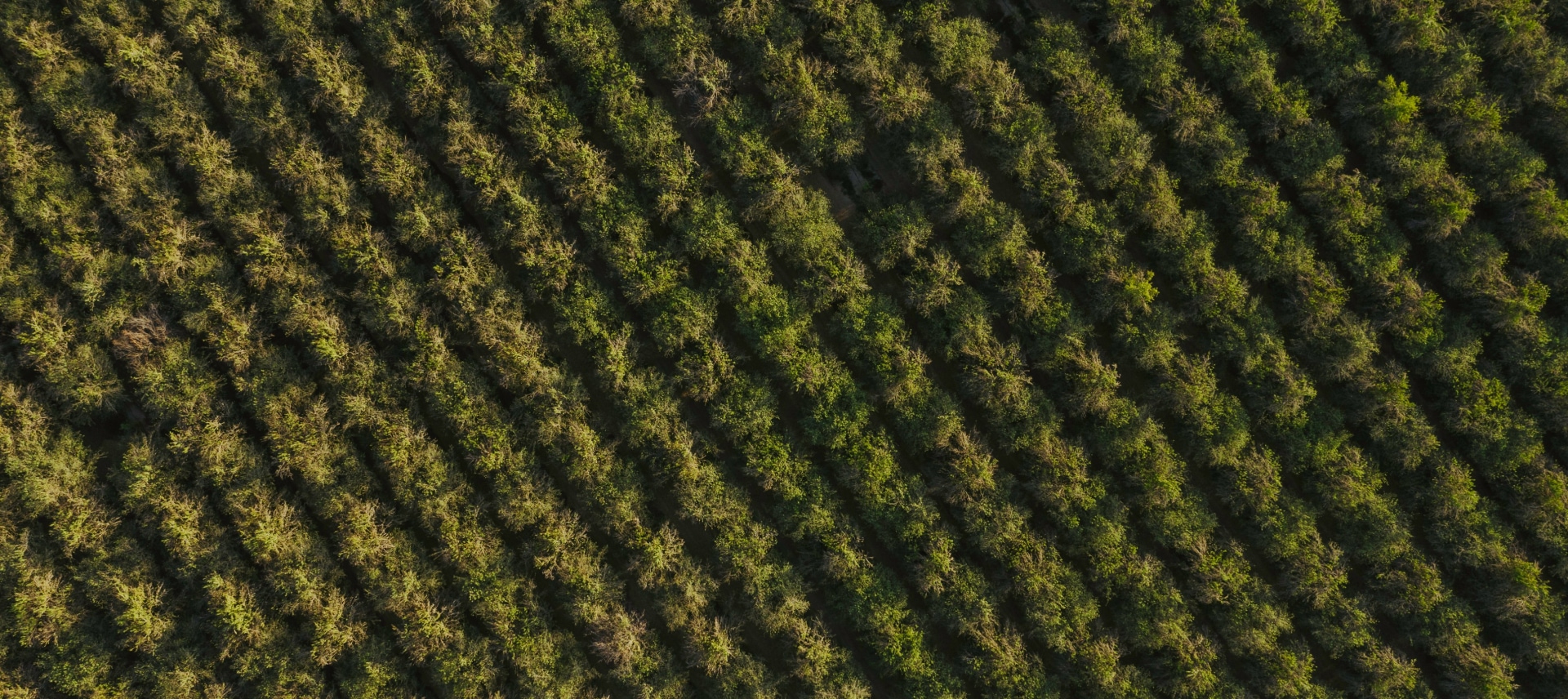Empty cart
Oh no! It appears your cart is empty. Add some almonds to your daily regime with the Treehouse products.
All Blog PostsNews
Thanks to our Marketing Director Brian Tormey for this month’s comment, which include the late breaking revision that lowered the commitment numbers to 677.2 million lbs:
The first shipping report of the 2017 crop year was welcomed into an atmosphere of indifference and tranquility. Gone were the great emotional debates of yesteryear, the impact of the drought, crop size, bearing acreage and endless pictures of empty reservoirs. The fear, volatility and uncertainty has been replaced over time with a pragmatic approach of marketing the largest crop in history amidst a backdrop of the greatest consumption gains the industry has ever witnessed.
California shipped 168.6 million pounds in August, down a mere 1.4 million pounds as compared to the record setting pace of August a year ago. Domestic shipments continued double digit growth moving 67.2 million pounds, up 14.4% setting a new record for the month.
Conversely export shipments were down -8.9% or 9.9 million pounds as compared to last year, but it was the nevertheless the second highest August export shipment on record. Western European shipments were up a surprising 20% due to the 32% increase in Spanish shipments. Canada and Mexico followed the US domestic trend pulling 24 % more than the previous year.
Not surprising was the 37% drop in Asia Pacific markets with India down 41% or 14.5 million pounds. The shortfall was not a function of the absence of demand or sales but rather can be attributed to tardiness of the Nonpareil crop and the industries’ inability to process and ship inshell to meet August demand.
Middle East shipments were down 8% or just over 600,000 lbs. due to lackluster interest and Turkey’s inability to obtain inshell shipments
Commitments at the end of August were reported at 677.2 million lbs. This is a new all-time commitment record, up 37.5 million lbs from the previous record notched at the end of September last year of 639.7 million lbs. Compared to last August’s position of 481.8 million lbs, commitments are up 195.4 million. The sold and shipped position as a percentage of the forecasted crop stands at a comfortable 30.7%, calming any doubts of waning demand or weak shipments in the next 3 months. It has elevated more serious discussions as to how double digit demand can be balanced with the estimated 6% increase in supply.
Harvest continues at full speed and under ideal dry conditions. Initial reports suggest the Nonpareil crop in the Southern Valley will be down from last year. This is to be expected due to the alternate bearing nature of Nonpareil and this is the “down” or “off” year in the Southern portion of the state. Conversely in the Northern valley the “on” crop is reported to be up modestly up and in the center results are mixed. Taken together, there is growing doubt that the estimated 900 million pound Nonpareil crop forecast (10% up from last year) will be achievable.
More disconcerting are the extensive reports of serious insect activity in deliveries. These reports are bolster by the Nonpareil delivery data stating Nonpareil serious damage is averaging 2.04% or 33% higher than last year.
After the July position report a month ago the market traded for few weeks in a tight, but eroding band. The early crop news of shortfalls in the Southern area combined with a favorable exchange rate brought about a firming trend towards the end of August. As news of the insect damage expanded so did the spread between Standard 5% and Select Sheller Run. We have seen the bottom end of the market stay steady with standards trading at the $2.35 level. Sized Californias have appreciated 5 – 7 cents increasing to $2.50. Nonpareils which were a little sloppy during the month with large differences between sellers are starting to firm. Nonpareil Extra 27/30’s were trading at $3.10 are up to $3.15 to $3.20 range and 23/25 are seeing similar firming from $3.20 to $3.25. Manufactured almonds were most recently seen in the $3.05 to $3.15 range for sliver and slice.
Strong shipments and commitments in today’s report will likely strengthen sellers for now. In a month from now we will likely see strong September shipments, but will also know more about pollinator yields.
Stay tuned for the release of significant almond industry information, such as almond crop estimates and acreage reports. You’ll also find Almond Board shipping reports and related analysis from the Treehouse Almonds Leadership Team.

Be in the loop for vital news about the California almond market.
Enjoy 10% off when you order 6 or more